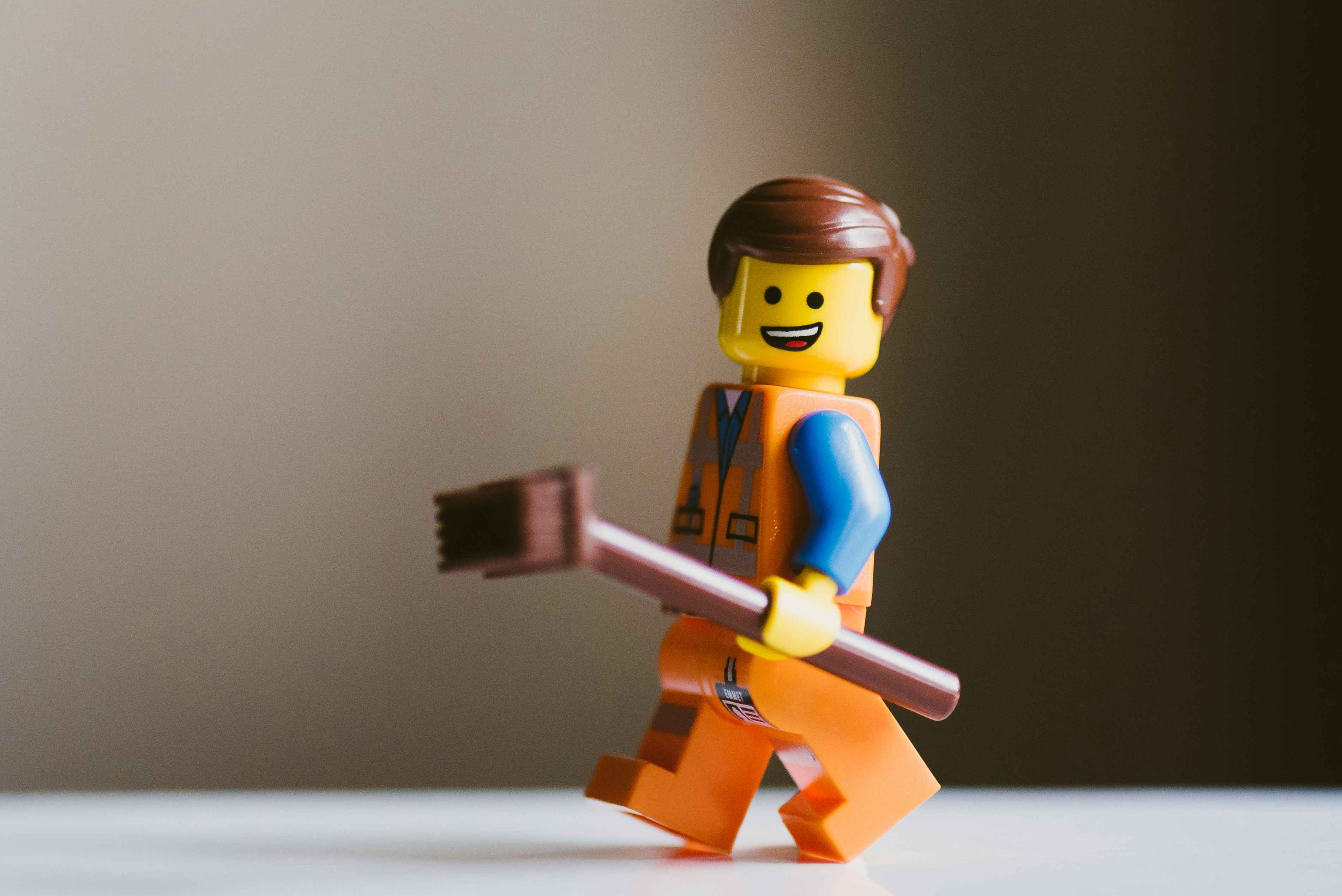The Media’s Role In Portraying Women And Building Negative Stereotypes

At a training-of-trainers workshop I attended, the participants were broken into groups of five and asked to present a 25-minute human rights training session targeting law
students and young lawyers.
We were encouraged to think outside the box by staying away from conventional lecture-style training models to promote effective learning of what is usually considered a heavy subject.
Selecting a human rights topic was easy but deciding on the training style was much more challenging than I had anticipated. Being competitive, my group wanted to impress the trainers who would be assessing our performance.
Human rights – no laughing matter
After brainstorming for hours, we decided to emulate a popular American talk show as the medium of training.
The talk show host would be asking a panel consisting four distinguished state representatives from Saudi Arabia, Malaysia, Australia and France respectively, on a specific issue that relates to freedom of expression.
The purpose of selecting four culturally diverse countries was to illustrate the spectrum of the universality of human rights; i.e. how different countries in the world take into account local cultural influences when it comes to adopting universal human rights principles.
The spectrum was represented by Saudi Arabia on the far right, being the most radical when it comes to defending cultural practices, to Malaysia and Australia in the middle, and finally France on the far left where cultural practices are often compromised to give way to universal human rights policies.
In the spirit of showmanship, we thought it was important for each role to be played out as convincingly as possible. As individuals, we ramped up our own performance by adopting the appropriate accents and mannerisms which we had identified of the respective nationalities.
When our turn came to present, we gave our best. I felt energised as I watched the participants laugh and applaud, clearly entertained by our
performance.
I was in high spirits when the participants gave glowing feedback, many of whom reported that the four state representatives’ viewpoints illustrated the spectrum effectively. Just as I thought we had nailed it, my ego was immediately deflated when the trainer delivered her assessment.
She said it was extremely painful to watch us and was appalled by how we “poked fun” at the state representatives from Saudi Arabia and Malaysia by portraying them as “uneducated” and “unrefined” while the Australian and French representatives were depicted as “intelligent” and “progressive”.
The trainer’s criticism of us was not on how we presented each country’s political views, but on the way we played out the stereotypes of each character.
She said, as human rights defenders, we have the responsibility of not perpetuating negative stereotypes and must be critical of ourselves when developing content for public consumption.
I could sense a sudden shift in the training room’s atmosphere, from joyous euphoria to sombreness as we sat listening to the trainer’s critique.
The immediate thoughts that came to my mind were, “how could I not have seen this?” and “what does that say about me as a human rights defender?”
I understood instantly that our zeal to deliver an entertaining performance (what the trainer termed as “gimmick”) had clouded my judgment.
Later, I talked to a colleague about this.
We rationalised that a key factor of why we failed to recognise this faux pas was how we, as a society, have been exposed to these stereotypes through the media so much, that we have become immune to them.
If the trainer had not called us out, we would have replicated the group assignment in a real training session, oblivious to the fact that we were perpetuating these stereotypes to a group of young impressionable lawyers, who would then move on to ensure the cycle continues.
READ: How Women Are Setting The Pace In The New World
The female stereotype
I went into detail about this story simply to illustrate how powerful visuals are when it comes to reinforcing stereotypes.
So powerful that even people who are supposed to be the bulwarks of human rights fall short in their quest for entertainment.
The more constructive question to ask is this – if the media is so powerful, can it be used to reverse these stereotypes?
Let’s examine how the media has been portraying images of women in the past decades.
Most of us have seen hundreds of advertisements on the newspaper, magazines, television and the internet.
How often have we come across images of women posing with kitchen utensils, foodstuff, cleaning products, baby diapers, jewellery, slimming supplements and beauty care?
It seems that the media is convinced that women spend their lives cooking, cleaning, taking care of the baby, primping (and not forgetting longing for that diamond engagement ring), essentially reinforcing the gender stereotype of women being domesticated, materialistic and superficial.
CHECK THIS OUT: When Women Lean In
Hope for the future
Thankfully, women’s rights movements all over the world are slowly changing this by forcing the media to change the way they portray women.
One of the best examples of this is Getty Images’ collaboration with Sheryl Sandberg’s Lean In initiative in 2014.
Getty Images is one of the biggest providers of stock photography in the world. This collaboration involves a Lean In Collection, containing more than 14,000 images of “female leadership and equal partnership in contemporary work and life”.
Scrolling through the collection, you will see photos of women of different ages, colours, shapes and sexual orientations performing various activities; working in different jobs, playing sports, leading group discussions, repairing machines, etc.
Of course, there are still images of women as mothers, but they are often accompanied by their male partners, depicting a shared parenting lifestyle.
According to Getty Images, the top selling image of women in their library in 2007 was a naked woman under a towel.
Ten years on, it was an image of a solo woman hiking on a mountain, triggering key words like independence, power, confidence and freedom to viewers.
One of the collaboration’s success indicators is a leap of 47% in search result for images of “female CEO” from last year.
Combined with the democratisation of the media space made possible by the internet, Getty Images said that social media users are pushing marketers to portray people in more realistic and diverse ways, thus demanding brands to make women with diverse range of ages, appearances and abilities more visible.
One way of reversing these negative gender stereotypes of women in the media is to have more women in the decision-making positions as the current media industry is overwhelmingly male-dominated.

Copyright by World Economic Forum
One journalist said: “If a woman’s issue is covered by the media, it is almost always from a patriarchal perspective, with little to no presence of a female voice or viewpoint. Instead, only superficial or scandalous stories related to women receive significant attention.”
Another journalist said that this can be curbed “with women who have the authority to influence or over-rule questionable decisions based on gender bias.”
Drawing back to the earlier story I told, normalising stereotypes of any kind as a result of media conditioning is dangerous because it stops us from seeing a person for who they are and instead, boxing them into specific identities often shaped by dominant power-holders such as men and the West.
Thankfully, with the internet, print media no longer monopolises social narratives and the younger generations are becoming more aware of rights-based values such as gender equality through more diversified information found online. Gone are the days when the onus remained on women’s group to call out on sexism in the media.
For example, AirAsia had to remove a recent Facebook advertisement after being criticised by netizens for sexism. With this, hopefully our society will continue to push advertising companies to become more responsible and accountable.
Finally, while I was writing this article, I can’t help but wonder whether in our zealousness in reversing gender stereotypes, are we running into the danger of stripping away certain gender qualities such as the femininity of the female form or perhaps, asexualising women altogether?
Should we create a society that would now perceive women who are homemakers or sexy as wrong?
Betty Yeoh, a seasoned women’s rights activist said that the media does not need to go overboard portraying empowered women by making them dressed or behaved like men.
She said the real danger is when the media shows women performing incredible multi-tasking as that will create unrealistic expectations on women.
In conclusion, the media must evolve with time. It needs to harness its power towards changing society’s perception of women and in doing so, must be sensitive enough to strike that balance of portraying women in more diversified roles and capacities.
We are not saying that women should not be homemakers or be sexy, we are saying women can be anything they want to be.
Ka Ea is the project manager at the Malaysian Centre for Constitutionalism and Human Rights (MCCHR) and a member of People Against Cyber Threats/Harassment (PeopleACT). She believes that human rights is firstly common sense and should be second nature to all. To get in touch with her, email us at editor@leaderonomics.com
Leadership
Tags: Financial crisis
This article is published by the editors of Leaderonomics.com with the consent of the guest author.







